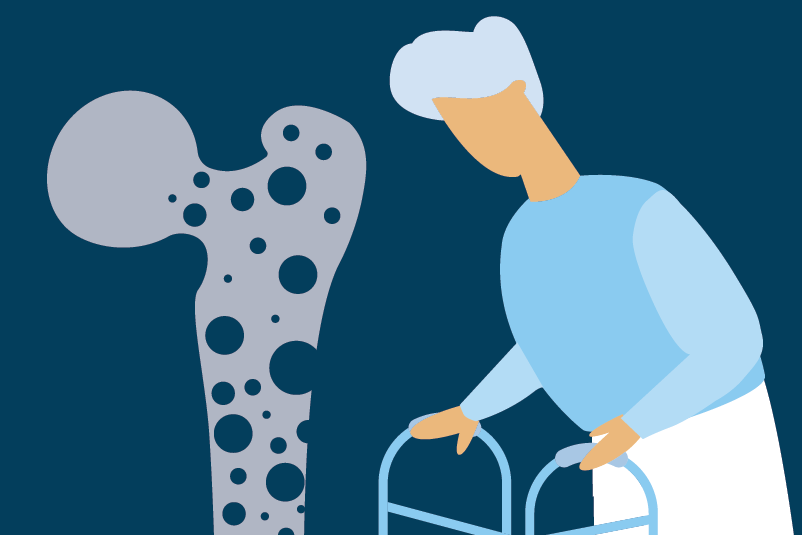#310 Medications for Heart Failure with Preserved or Mildly-Reduced Ejection Fraction: Heart Failure or Heart Success?

Reading Tools for Practice Article can earn you MainPro+ Credits
Join NowAlready a CFPCLearn Member? Log in
- Five systematic reviews in last 5 years assessed medications in HF with EF >40%.1-5 Focusing on the most complete (results statistically significant unless otherwise stated):
- MRAs [13 randomized controlled trials (RCTs), 4459 patients, follow-up ~3 years]:1
- HF hospitalization: 11.2% versus 13.6% (placebo), number needed to treat (NNT)=41.
- Hyperkalemia (≥5.5mmol/L): 17.5% versus 8.3% (placebo), number needed to harm (NNH)=11.
- SGLT2i:
- Meta-analysis (5 RCTs, 9726 patients):5 29% relative risk reduction in HF hospitalization with SGLT2i versus placebo, regardless of diabetes
- EMPEROR-Preserved:6 Largest blinded RCT (industry-funded): Empagliflozin 10mg/day versus placebo for 2.2 years (5988 patients, age 72, 55% male)
- HF hospitalization: 8.6% versus 11.8% (placebo), NNT=32.
- Adverse events: Hypotension (not defined) [6.6% versus 5.2% (placebo), NNH=56], urinary tract infections [9.9% versus 8.1% (placebo), NNH=56], and genital infections [2.2% versus 0.7% (placebo), NNH=67].
- EMPEROR-Preserved:6 Largest blinded RCT (industry-funded): Empagliflozin 10mg/day versus placebo for 2.2 years (5988 patients, age 72, 55% male)
- Meta-analysis (5 RCTs, 9726 patients):5 29% relative risk reduction in HF hospitalization with SGLT2i versus placebo, regardless of diabetes
- MRAs [13 randomized controlled trials (RCTs), 4459 patients, follow-up ~3 years]:1
- Medications that do not reduce hospitalizations or deaths:1
- ACE inhibitors (8 RCTs, 2061 patients)
- Angiotensin-receptor blockers (ARBs) (8 RCTs, 8755 patients)
- Beta-blockers (10 RCTs, 3087 patients)
- Sacubitril-valsartan (3 RCTs, 7702 patients)
- Original meta-analysis erroneously suggested reduced hospitalizations. When re-analyzed, no benefit found.7
- No RCTs of clinical outcomes for loop diuretics in HF.8,9
- No medication reduces mortality.1-6
- “HF with preserved EF”:
- Means EF ≥50%.10
- Many trials include patients with EF 41-49% (now called mildly-reduced ejection fraction10).1-6
- ~50% of patients with HF have an EF >40%.11
- Guidelines (published before EMPEROR-Preserved) recommend treating hypertension and using loop diuretics for fluid overload,12-14 ± MRA and/or candesartan (based on limited evidence and options at the time of writing).12
- Costs: Spironolactone 25mg $140/year, empagliflozin splitting 25mg in half=12.5mg (trial dose=10 mg) $560/year.15







How fortunate that the FDA requires the cvs studies that indirectly resulted in discovering these benefits of SLG2Is from their studies for DM2 .They are very expensive but likely will have a net benefit